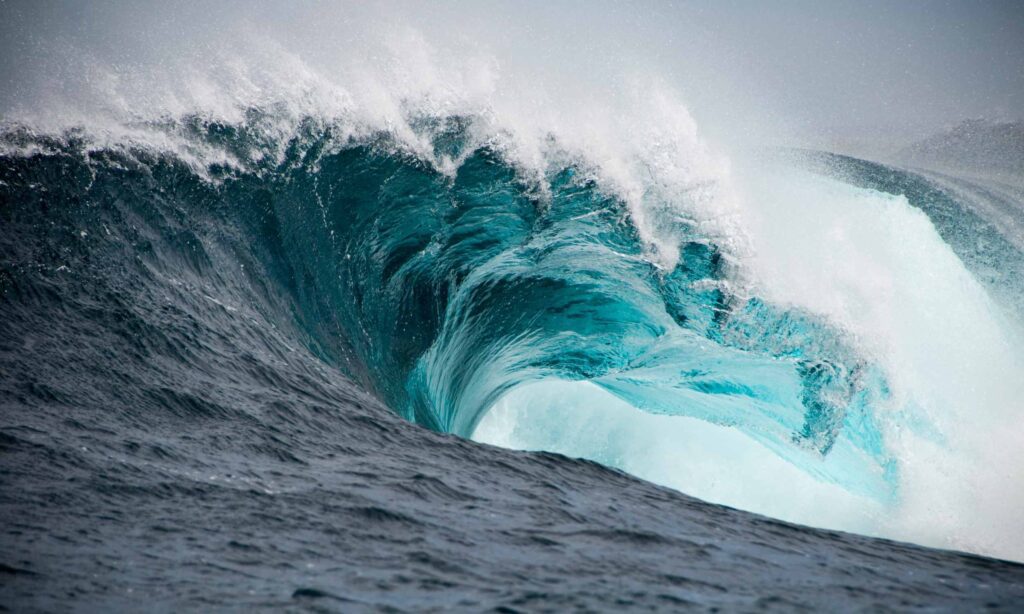The Earth’s oceans have experienced significant changes in sea levels throughout history, including dramatic drops in earlier eras. Researchers, led by Dr. Colleen Dalton from Brown University, discovered that a slowdown in seafloor crust formation correlated with these decreases, leading to a drop in sea levels by 85 to 105 feet. This is linked to tectonic activity, where new crust forms at spreading ridges and older crust sinks in subduction zones, impacting ocean depths.
The cooling and sinking of the basalt crust over time results in less warm and shallow seabed, altering ocean depths significantly. Slow changes in seafloor production can interact with marine chemistry and affect heat exchange with seawater. Unlike the rapid increases in sea levels due to melting ice today, these ancient drops were driven by solid Earth processes.
Sea level changes are influenced not only by climate factors like temperature but also by geological activities, emphasizing the interconnectedness of Earth’s systems. The research highlights the importance of understanding these long-term changes to project future sea-level trends and their impacts on coastal communities. The findings have been published in scientific journals and call attention to the active role Earth’s internal processes play in shaping ocean levels over geological timescales.
Source link


